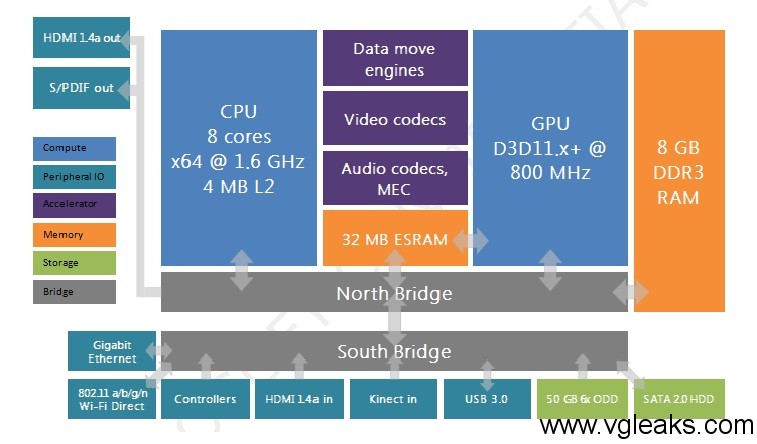D
Deleted member 7537
Guest
LOL
http://www.polygon.com/2013/5/21/4353010/kinect-trouble-xbox-one-reveal

http://www.polygon.com/2013/5/21/4353010/kinect-trouble-xbox-one-reveal
Katy Goodman @KatGoodman7
Whenever he uses Kinect commands my connect listens and turns off the stream. #xboxreveal Go home Kinect, you're drunk.
7:19 PM - 21 May 2013
Jason Chen @diskopo
When the guy on the #XboxReveal stream said "Xbox Live" it activated my Kinect and killed the stream. Good thinking guys.
7:05 PM - 21 May 2013






